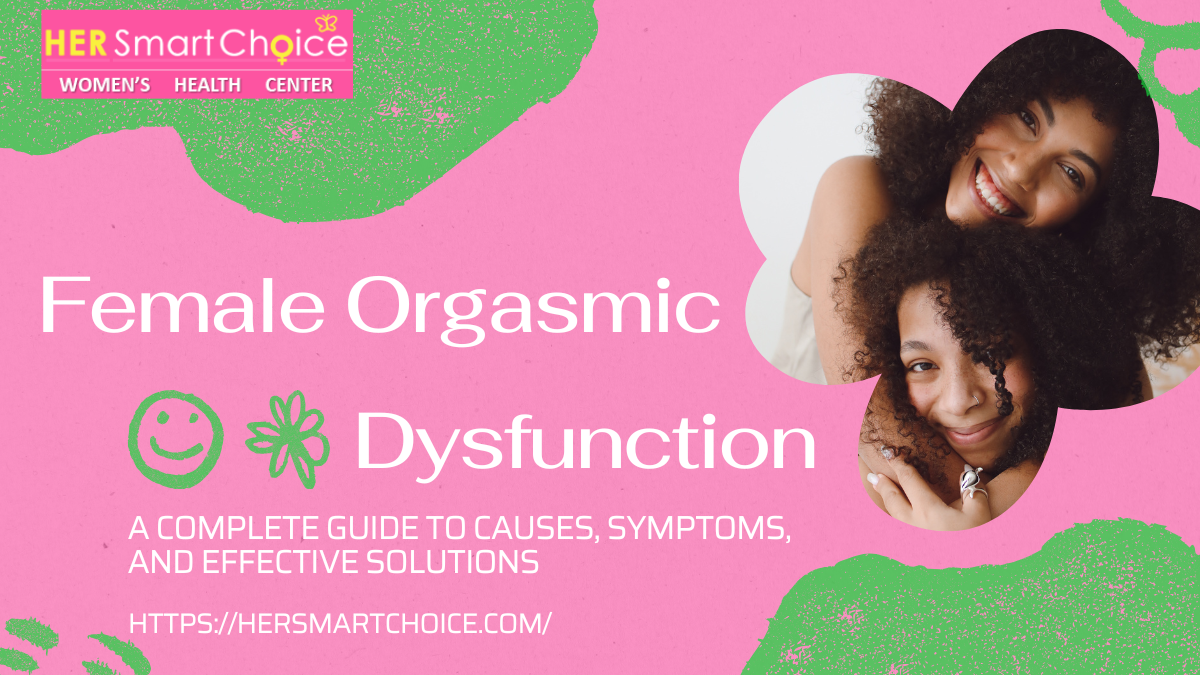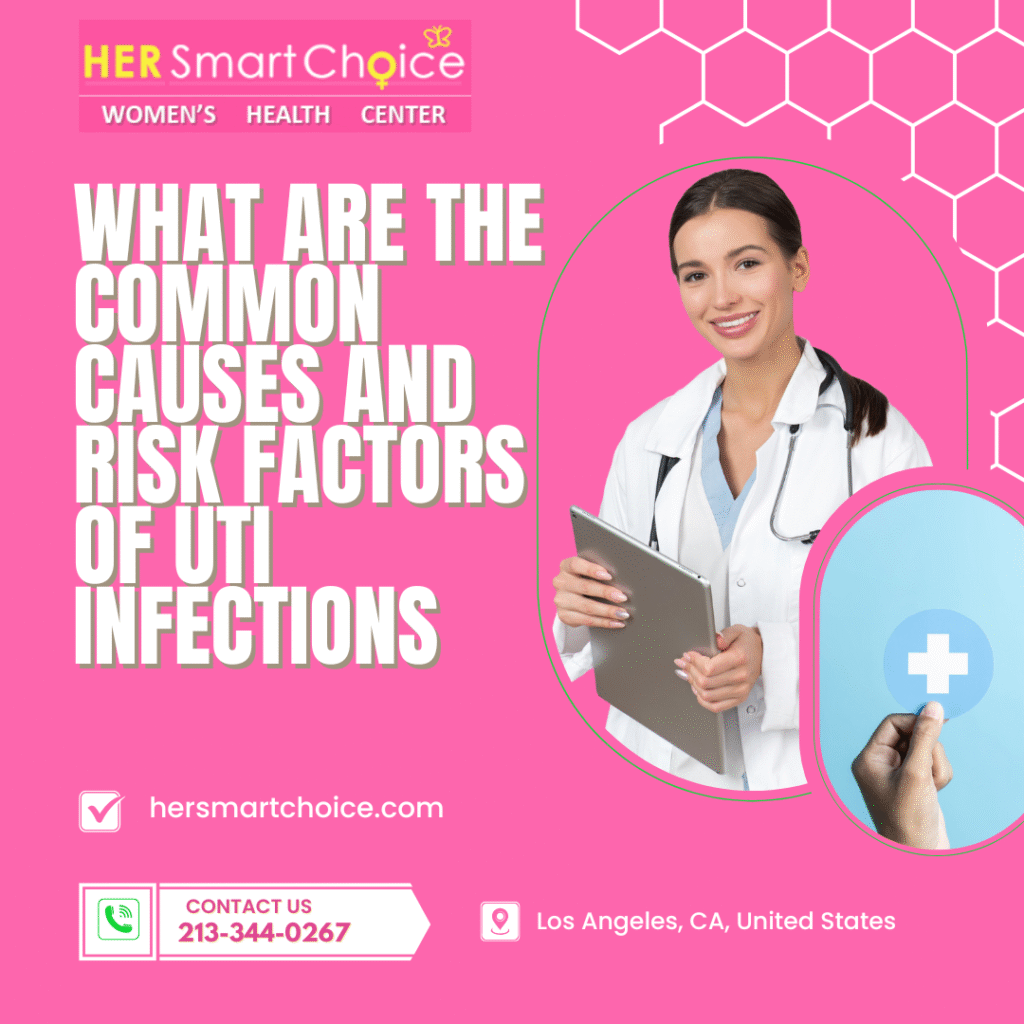IV Treatment Los Angeles: Your Complete Guide to IV Therapy Clinics and Mobile Services
IV therapy is transforming wellness in Los Angeles by delivering vitamins, minerals, and hydration directly into the bloodstream for maximum absorption. Whether you’re an athlete looking to recover faster, a busy professional needing an energy boost, or simply someone wanting stronger immunity, IV treatment in Los Angeles offers a solution. At Her Smart Choice, we provide customized IV treatments across the city – in-clinic or at your home – making wellness more accessible than ever. This complete guide explains how IV therapy works, the most popular drips, pricing, health benefits, and treatment options to help you choose the right care in Los Angeles.
At Her Smart Choice, we proudly serve patients across Los Angeles, including Downtown LA, Santa Monica, Beverly Hills, and Pasadena – making IV therapy more accessible wherever you are.
Follow Us!
IV Treatment in Los Angeles: How It Works and Why Patients Choose It
IV treatment is a medical procedure that delivers fluids, vitamins, minerals, and antioxidants directly into a vein to optimize hydration and nutrient uptake. This approach bypasses the digestive tract to achieve near-100% bioavailability of key compounds, supporting wellness goals faster than oral supplements. In Los Angeles, licensed clinics and mobile services customize drips for energy, immunity, recovery, and beauty.
How Does IV Therapy Deliver Nutrients Directly into the Bloodstream?
Intravenous therapy inserts a sterile catheter into a vein, allowing a nurse to infuse a balanced solution of electrolytes and micronutrients. By circumventing gastrointestinal absorption, IV therapy ensures rapid cellular uptake and immediate physiological impact. This leads to faster hydration, quicker muscle recovery, and stronger antioxidant support — benefits that many Los Angeles IV therapy patients notice within minutes. It’s perfect before a big event, after a long flight, or when you feel a cold coming on.
What Are the Common Types of IV Treatments Offered in Los Angeles?
Los Angeles providers offer a spectrum of IV drips designed for specific outcomes. The table below outlines core formulations, their key ingredients, and primary wellness benefits.
| Drip Type | Key Ingredients | Primary Benefit |
|---|---|---|
| Hydration Drip | Saline, electrolytes (sodium, potassium) | Rapid rehydration |
| Myers’ Cocktail | Vitamin C, B-complex, magnesium, calcium | Energy & immune support |
| NAD+ Therapy | Nicotinamide adenine dinucleotide | Anti-aging & cognitive |
| Glutathione + Vitamin C | Glutathione, high-dose vitamin C | Antioxidant & detox |
| Athletic Recovery | Amino acids, B vitamins, electrolytes | Muscle repair & stamina |
| Hangover Relief | B complex, anti-nausea, electrolytes | Headache relief & rehydration |
Each formula addresses a unique wellness goal, making it simple to choose a drip that aligns with your needs and lifestyle in Los Angeles.
Why Is IV Therapy Popular Among Los Angeles Residents?
Los Angeles embraces IV therapy for its ability to support high-performance lifestyles and fast-paced schedules due to:
- Efficient Absorption: Bypassing digestion ensures 100% delivery of nutrients.
- Personalized Formulations: Custom cocktails match individual health profiles.
- Rapid Results: Hydration, energy, and immune boosts can be felt within 30 minutes.
These advantages resonate with athletes, executives, wellness seekers, and celebrities alike, fueling widespread demand across the city.
Which IV Treatment Clinics and Mobile IV Therapy Services Are Available in Los Angeles?
At Her Smart Choice in Los Angeles, we provide both in-clinic IV therapy and mobile concierge services, so you can choose the option that best fits your lifestyle. Clinics provide a spa-like environment with on-site amenities, while mobile providers bring full IV setups to homes, offices, and events. Both options are administered by registered nurses under medical supervision.
What Are the Benefits of Mobile IV Therapy Delivered to Your Home or Office?
Mobile IV therapy brings clinic-grade drips directly to your location, offering:
- Ultimate Convenience: No commute or waiting room.
- Personalized Setting: One-on-one care in a familiar environment.
- Flexible Scheduling: Early morning, late evening, or same-day appointments.
This on-demand approach supports busy Angelenos who need wellness solutions around work, travel, or events.
How Do In-Clinic IV Therapy Services in Los Angeles Differ from Mobile Options?
In-clinic IV therapy delivers a premium experience with advanced monitoring tools and ambient comforts:
- Medical Oversight: On-site physicians and registered nurses.
- Specialized Equipment: Continuous vital sign monitoring for high-dose drips.
- Wellness Amenities: Comfortable infusion chairs, refreshments, and relaxation areas.
Clinics cater to clients seeking a more controlled environment and access to additional in-office treatments.
How Can You Book Same-Day IV Therapy Appointments in Los Angeles?
Many providers offer online booking platforms and phone scheduling for same-day service. Simply select the desired drip, choose in-clinic or mobile delivery, pick a time slot, and complete a brief health questionnaire. Confirmation typically arrives within minutes, and a registered nurse attends your appointment with all necessary supplies and protocols in place.
What Are the Most Popular IV Drip Treatments in Los Angeles and Their Benefits?

Leading IV treatments combine evidence-based nutrients to target specific health and wellness goals. Below is an overview of signature drips and their key advantages.
What Is Myers’ Cocktail IV and How Does It Boost Energy and Immunity?
The Myers’ Cocktail IV drip contains a synergistic blend of vitamin C, B-complex vitamins, magnesium, and calcium. This formulation:
- Supports cellular energy production by enhancing mitochondrial function.
- Strengthens immune response through high-dose vitamin C.
- Relieves fatigue and muscle tension by replenishing B vitamins and magnesium.
The Myers’ Cocktail remains a top choice for individuals seeking a balanced, all-around wellness infusion.
How Does NAD+ IV Therapy Support Anti-Aging and Cognitive Health?
NAD+ IV therapy infuses nicotinamide adenine dinucleotide, a coenzyme critical for cellular metabolism and DNA repair. Benefits include:
- Enhanced neuronal function and cognitive clarity.
- Promotion of cellular repair mechanisms linked to longevity.
- Improved energy metabolism that reduces mental fatigue.
Regular NAD+ treatments help maintain youthful cellular processes and mental acuity.
What Are the Benefits of Glutathione and Vitamin C IV Drips in Los Angeles?
Glutathione, the body’s master antioxidant, paired with high-dose vitamin C delivers:
- Potent detoxification by neutralizing free radicals.
- Skin brightening and collagen support for a radiant complexion.
- Immune fortification against infections and oxidative stress.
This combination remains a go-to for both beauty and systemic wellness in Los Angeles.
Which IV Drips Help with Hangover Relief, Athletic Recovery, and Detox?
Customized drips can alleviate specific conditions:
- Hangover Relief: B complex, anti-nausea agents, and electrolytes flush toxins and restore hydration.
- Athletic Recovery: Branched-chain amino acids and magnesium promote muscle repair and reduce soreness.
- Detox Programs: Liver-support nutrients like glutathione and amino acids facilitate toxin clearance.
Tailored drips speed recovery from physical exertion, alcohol overconsumption, and environmental pollutants.
How Much Does IV Therapy Cost in Los Angeles and What Are the Pricing Options?
IV therapy pricing in Los Angeles varies by formulation complexity, service type, and added enhancements. Clinics and mobile providers aim for transparent packages with tiered rates based on ingredients and delivery method.
What Is the Typical Price Range for Basic Hydration and Specialized IV Treatments?
| Treatment Category | Price Range | Service Type |
|---|---|---|
| Basic Hydration Drip | $100 – $150 | Clinic/Mobile |
| Myers’ Cocktail | $150 – $250 | Clinic/Mobile |
| NAD+ Therapy | $300 – $450 | Clinic/Mobile |
| Antioxidant (Glutathione) | $200 – $350 | Clinic/Mobile |
| Specialty Recovery Drips | $180 – $300 | Clinic/Mobile |
Prices reflect ingredient costs, nurse expertise, and convenience factors.
Are There IV Therapy Packages, Add-Ons, or Insurance Coverage in Los Angeles?
Many clinics offer multi-session packages at discounted rates and add-on boosters such as zinc, amino acids, or anti-inflammatory agents. While most IV treatments are cash-based wellness services, some practices accept FSA/HSA cards and partial coverage under certain medical plans when prescribed for deficiency or clinical conditions.
How Does Mobile IV Therapy Pricing Compare to In-Clinic Services?
Mobile IV therapy typically includes a convenience fee of $50–$100 on top of drip costs, reflecting travel and setup expenses. In-clinic sessions omit travel charges but may carry facility fees. Comparing the two:
- Mobile: Drip cost + convenience fee.
- Clinic: Drip cost + facility fee (if applicable).
Clients choose based on priorities of comfort versus overall cost.
What Are the Key Health Benefits of IV Therapy for Los Angeles Patients?
IV therapy offers a spectrum of health outcomes by delivering targeted nutrients at therapeutic levels. From bolstering immunity to enhancing skin health, the benefits align with diverse wellness objectives.
How Does IV Therapy Boost the Immune System and Support Recovery?
By infusing high-dose vitamin C, zinc, and B vitamins, IV therapy strengthens white blood cell activity and antioxidant defenses. This accelerated immune support helps Los Angeles patients recover faster from colds, flu, and seasonal allergies, reducing downtime and improving resilience.
Can IV Treatment Increase Energy and Reduce Fatigue Effectively?
IV drips containing B-complex vitamins, amino acids, and electrolytes improve mitochondrial efficiency and neurotransmitter synthesis. Patients report heightened energy, sharper mental focus, and diminished fatigue after a single session—benefits that align with the city’s on-the-go lifestyle.
What Are the Anti-Aging and Skin Health Benefits of IV Therapy?
Antioxidant-rich infusions of glutathione, vitamin C, and collagen-supporting minerals reduce oxidative damage, promote collagen synthesis, and brighten skin tone. These beauty-focused drips support a youthful complexion and address environmental stressors common in urban Los Angeles.
How Does IV Therapy Help with Stress Relief and Detoxification?
Adrenal-support blends featuring magnesium, taurine, and B vitamins modulate stress hormones and enhance relaxation. Concurrently, detox drips flush toxins and heavy metals with glutathione, improving liver function and mental clarity—key benefits for individuals coping with pollution and high-stress environments.
Is IV Therapy Safe in Los Angeles and Who Administers the Treatments?
IV therapy in Los Angeles is administered by licensed registered nurses working under medical protocols and physician oversight. Rigorous training, sterile techniques, and personalized health assessments ensure safety and efficacy.
What Qualifications Do Registered Nurses Have for Administering IV Therapy?
Registered nurses in IV clinics and mobile teams hold active state licenses, advanced certification in intravenous therapy, and specialized training in emergency response. Their credentials ensure proper vein selection, infusion rate monitoring, and immediate intervention if needed.
What Safety Protocols Are Followed During IV Treatments in Los Angeles?
Providers follow strict guidelines including:
- Sterile Prep: Single-use catheters and disinfected insertion sites.
- Vital Monitoring: Continuous observation of heart rate and blood pressure.
- Allergy Screening: Pre-treatment questionnaires to prevent adverse reactions.
These measures maintain the highest standards of patient safety and minimize risk.
Do You Need a Prescription for IV Therapy in Los Angeles?
Most wellness IV treatments do not require a prescription, though a brief medical evaluation is mandatory. Prescription orders apply for drips containing prescription-only medications or high-dose botanical compounds, ensuring compliance with California regulations.
Ready to Revitalize Your Wellness?

Discover the power of personalized IV therapy. Whether you need an energy boost, immune support, or rapid recovery, Her Smart Choice has a solution for you. Book your session today and feel the difference!
Book Your IV Therapy Appointment Today
At Her Smart Choice, we deliver expert IV treatments across Los Angeles — in our clinic or at your home. Whether you need hydration, energy, immune support, or beauty drips, our licensed professionals are here to help. Book your same-day appointment now and feel the difference.
Frequently Asked Questions About IV Treatment
Most IV therapy sessions last between 30 to 60 minutes, depending on the specific formulation and your individual hydration needs. Her Smart Choice offers both mobile services and clinic appointments with flexible scheduling to fit your busy lifestyle.
The frequency depends on your personal health and wellness goals:
Weekly sessions: Ideal for ongoing energy support, beauty enhancement, or athletic performance
Bi-weekly treatments: Great for general wellness maintenance
As-needed basis: Perfect for post-workout recovery, immunity boosts before travel, or special event preparation
Her Smart Choice provides personalized consultations to create a treatment schedule that aligns with your specific objectives and budget.
IV therapy is generally safe for healthy adults when administered by licensed professionals. However, it may not be suitable for individuals with:
Kidney or heart disease
Severe allergies to IV ingredients
Certain chronic medical conditions
Pregnancy (without physician approval)
Her Smart Choice conducts a comprehensive health assessment before each treatment, including reviewing your medical history, current medications, and any allergies to ensure your safety.
Your first visit includes:
Initial health consultation and screening (10 minutes)
IV insertion by a licensed nurse or medical professional
Relaxation time during infusion (30-60 minutes)
Post-treatment wellness check
Most clients feel energized and hydrated immediately, with effects lasting 3-7 days. Her Smart Choice provides a comfortable environment with amenities to enhance your experience.
Follow Us!



























